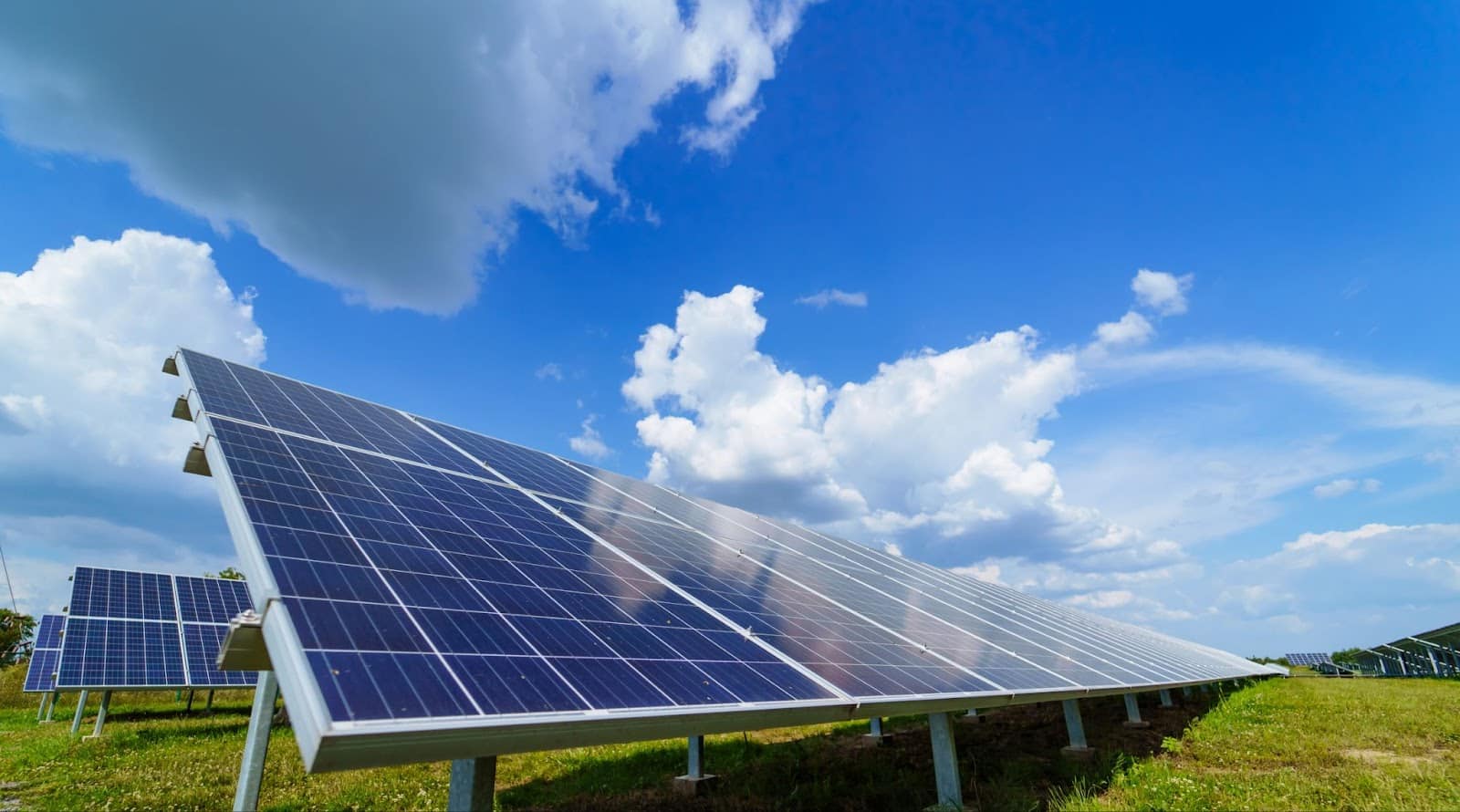POSTED
July 25, 2025
Is Renewable Energy a Good Investment? Analyzing the Pros & Cons
A new era is dawning for energy investors. Renewable energy—especially utility‑scale solar—has evolved from a niche sector into a mainstream investment opportunity. In the U.S., annual spending on clean energy projects surged to over $300 billion in 2024, a 60% increase since 2020, surpassing fossil fuel investments. Solar leads this charge: global investment in solar photovoltaic […]

A new era is dawning for energy investors. Renewable energy—especially utility‑scale solar—has evolved from a niche sector into a mainstream investment opportunity. In the U.S., annual spending on clean energy projects surged to over $300 billion in 2024, a 60% increase since 2020, surpassing fossil fuel investments. Solar leads this charge: global investment in solar photovoltaic (PV) is projected to exceed $500 billion in 2024, surpassing that of any other power generation source.
The U.S. solar industry installed a record 32 GW of capacity in 2023, a 53% jump from 2022. These figures highlight a clear shift: renewables, especially utility-scale solar, are now cost-competitive, scalable, and essential for America’s energy future. But for investors evaluating opportunities, the critical question remains: Is renewable energy a good investment? Below, we analyze the pros and cons, focusing on U.S. utility-scale solar, to provide a balanced and insightful perspective.
The Case for Investing in Renewable Energy (Pros)
Strong Financial Returns & Growth Potential
A joint IEA and Imperial College report shows renewable portfolios delivered higher total returns than fossil fuel portfolios over 5– and 10-year periods, with lower volatility in advanced economies markets. Another analysis by Recharge/S&P Global highlights that renewables returned approximately 727% over 10 years in advanced markets versus ~32% for fossil fuels, offering both high returns and portfolio resilience.
Declining Costs & Technology Improvements
Utility-scale solar is now one of the cheapest power sources. Even without subsidies in 2025, solar plants in prime U.S. locations can produce electricity at around $38 per MWh, undercutting new coal, nuclear, and many gas-fired plants. Solar costs have dropped ~84% since 2010 due to technological advancements and economies of scale. Modern utility solar farms yield significantly more energy per dollar invested, strengthening profitability and long-term value.
Sustainability, ESG & Societal Benefits
Utility-scale solar projects generate near-zero emissions, reduce air pollution, and stimulate local economies through job creation and economic growth. They align with rising ESG investment mandates and energy price stability, offering both strong ROI and positive environmental impact.

Challenges & Risks of Renewable Investment (Cons)
High Upfront Capital & Financing Risks
Renewables require significant initial investment, with revenue generated over decades. With rising interest rates, financing costs have increased, putting downward pressure on returns. Ongoing access to low-cost financing remains a crucial advantage institutional investors often hold.
Policy & Regulatory Uncertainty
Changes to tax credits, permitting rules, and trade tariffs as of July 2025, have already altered project economics, and future changes may have further impact. Investors are looking towards diversified portfolios and policy awareness strategies.
Grid Integration & Intermittency
The intermittent nature of solar introduces price volatility during peak generation, and curtailment risks. Delays in grid interconnection further impact project timelines. Incorporating storage and locking in long-term PPAs can mitigate these risks.
Market Saturation & Competition
Rapid solar growth has spurred heightened developer competition, compressing margins and PPA prices. Oversupply in certain regions may erode revenue unless projects are carefully priced and regionally diversified.

Conclusion: A Bright Investment Horizon with Shasta Power
Yes, renewable energy remains a compelling investment, predominantly when guided by Shasta Power’s investor-centric strategy. With utility-scale solar, Shasta aligns competitive returns, declining costs, and tangible ESG impact, transforming solar from a niche to a mainstream, infrastructure-level asset.
While challenges like financing dynamics, policy changes, and grid integration exist, Shasta Power navigates them through strategic partnerships, robust fundraising, and data-driven pre-development execution. For accredited, institutional, and retail investors, Shasta Power’s model offers a clear path: strong, high-impact returns in a rapidly scaling, ESG-aligned sector.
If you’re seeking to align profit with purpose, Shasta Power’s utility-scale solar funds provide the structure, substance, and impact to harness America’s clean-energy tailwind. Join our Shasta Power Fund II Waitlist and let’s build this brighter future together.





